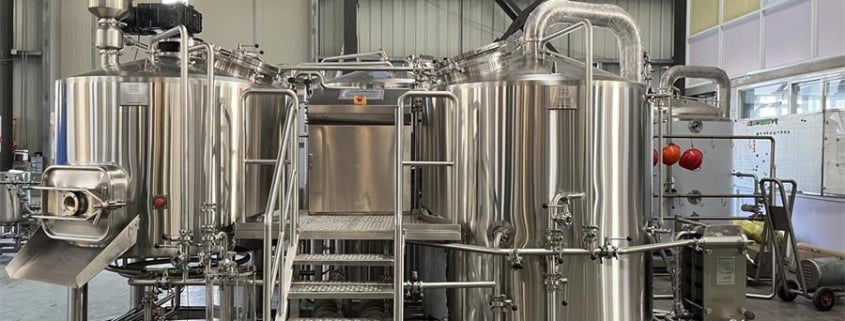How to Start a Nano Brewery
Alright, let’s break it down. A nano brewery is like the little sibling of the beer world. While microbreweries and craft breweries might be brewing barrels of beer at a time, nano breweries are taking it slow, brewing in much smaller batches. Usually, these operations produce less than 3 barrels (about 93 gallons) per batch. Think of it as the “craftiest” version of craft beer — hyper-local, super personalized, and often operated by just one or two passionate people.
The Difference Between Nano Brewery, Microbrewery, and Homebrew
Let’s clear up some confusion because the brewing world throws around a lot of terms. Here’s how they stack up:
- Homebrewing: This is the DIY version. You’re brewing at home for personal use, maybe sharing with friends, but not selling. Equipment is often minimal, ingredients are store-bought, and experimentation is king.
- Nano Brewery: This is the stepping stone. You’re brewing commercially but on a very small scale. Most nanos operate with a 1- to 3-barrel system. It’s usually just a couple of folks (maybe you and a buddy), selling beer locally or in a taproom.
- Microbrewery: This is more serious business. These breweries can produce up to 15,000 barrels annually. They typically distribute their beer, have multiple employees, and run taprooms.
Compared to microbreweries, nano breweries are more agile, lower cost, but also more limited in output. Versus homebrewing, nanos are legal to sell their product, which is a game-changer for beer lovers with entrepreneurial dreams.
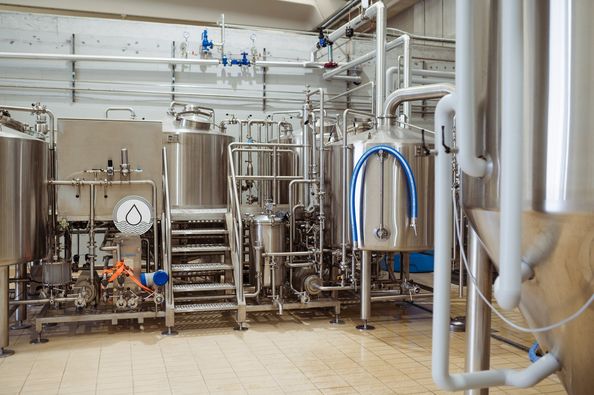
Why Start a Nano Brewery?
Honestly? Because you love beer and you want to share that love with the world. But beyond that, starting a nano brewery offers a unique blend of passion and practicality.
It allows you to test your brews on the market, gather real customer feedback, and grow at your own pace. You’re not risking millions to start big. Instead, you’re laying down roots in your community and letting your beer speak for itself.
Nano breweries also offer creative freedom. You can experiment with unique ingredients, seasonal brews, or hyper-local flavors. Ever wanted to make a lavender-honey pale ale or a ghost pepper stout? You totally can. And if a batch doesn’t work? It’s only 3 barrels, not 30.
Plus, nano breweries are increasingly popular among beer lovers. People crave authenticity, stories, and that one beer they can only get in a tiny taproom down the street. That’s your niche.
Steps to Start a Nano Brewery: Planning, Licensing, Equipment, and More
| Step | Details |
|---|---|
| Research and Market Planning | Understand your local beer scene. Identify competitors. Find your unique value (style, vibe, flavors). Define your target customers. |
| Business Plan Creation | Outline costs, funding, goals, marketing, production volume, staffing. You’ll need this to get financing or investors. |
| Choose a Location | Consider zoning laws, foot traffic, access to water, waste management, and space for tanks and fermentation. |
| Legal Requirements | Apply for a Brewer’s Notice from the TTB. Get local and state alcohol licenses. Follow health and safety regulations. |
| Design the Brew System | Choose between 1-3 barrel systems. Plan for fermenters, glycol chillers, kegs, and bottling/canning equipment if needed. |
| Build or Renovate Space | Convert the space to support brewing: drainage, ventilation, electrical upgrades, and storage. |
| Buy Ingredients and Supplies | Source grains, hops, yeast, water filters. Also stock kegs, glassware, cleaning supplies, and chemicals. |
| Hire or Partner Smartly | Maybe it’s just you at first. But eventually, you’ll need help brewing, serving, managing. Choose people who share your passion. |
| Branding and Marketing | Develop a killer name, logo, and story. Create a website and social presence. Plan launch events and community engagement. |
| Start Brewing and Selling | Brew your flagship beers first. Invite feedback. Tweak your process. Get licensed to distribute if that’s your goal, or sell direct via taproom. |
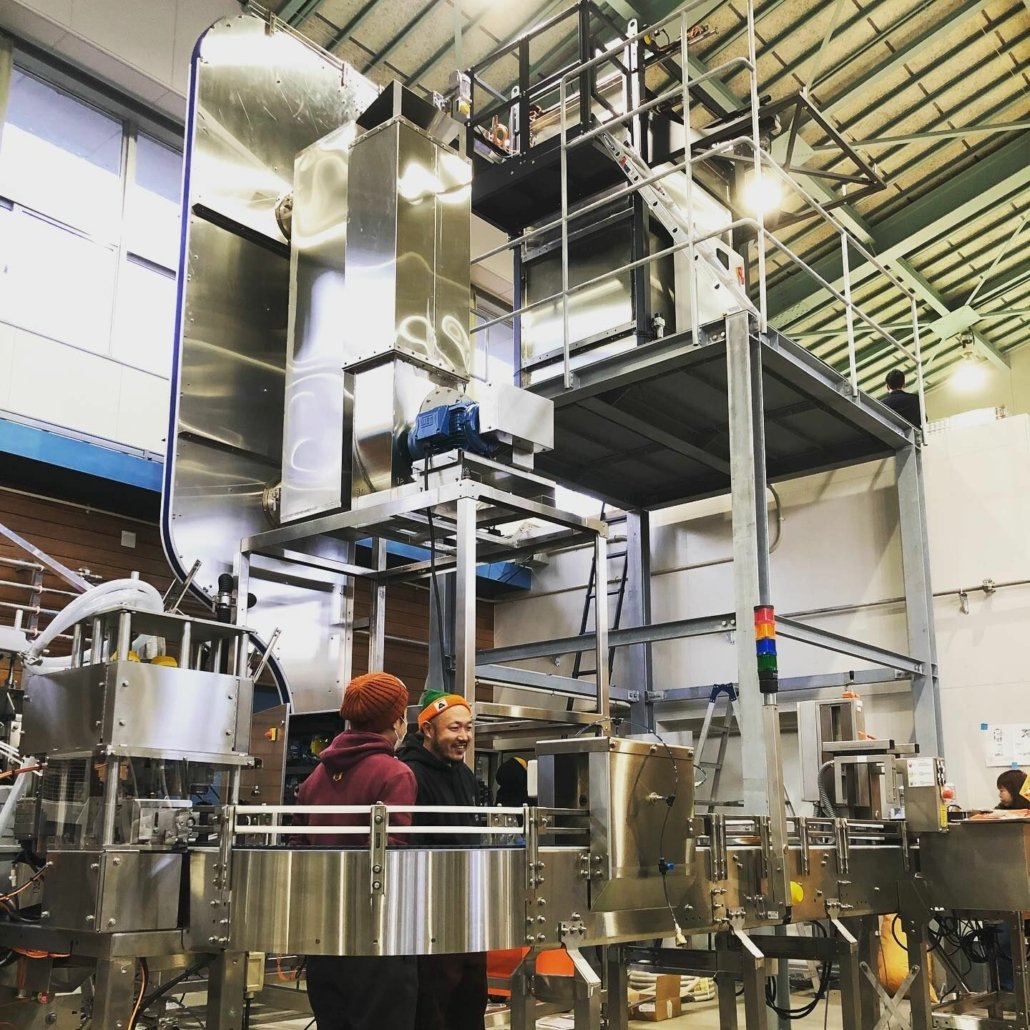

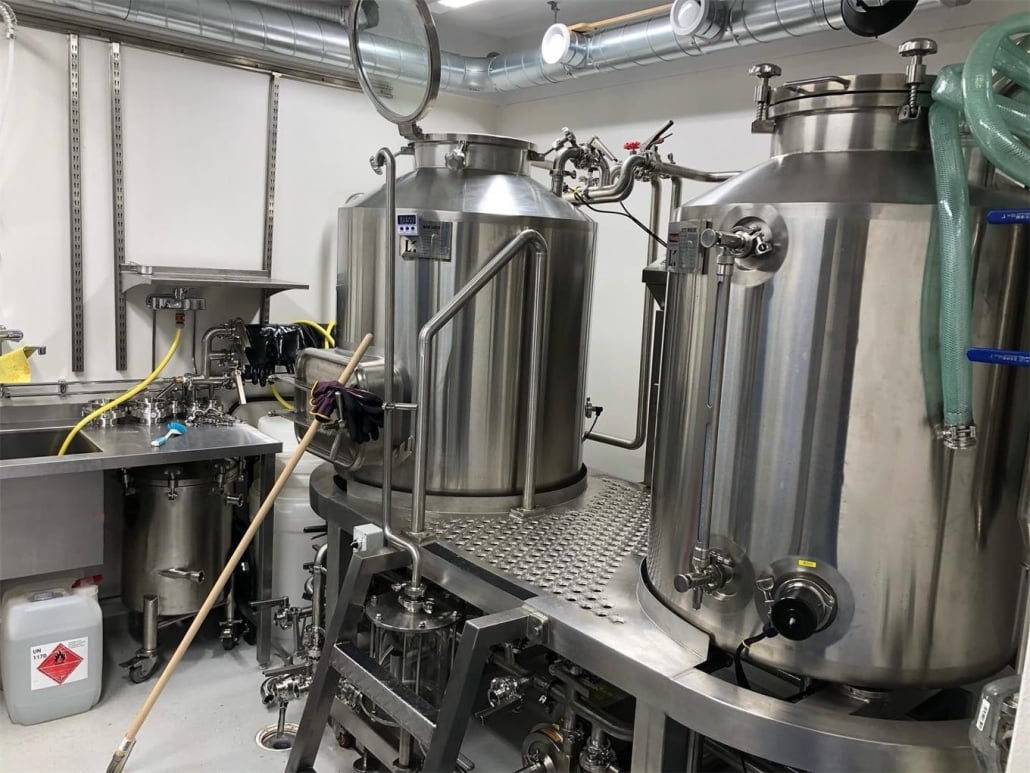
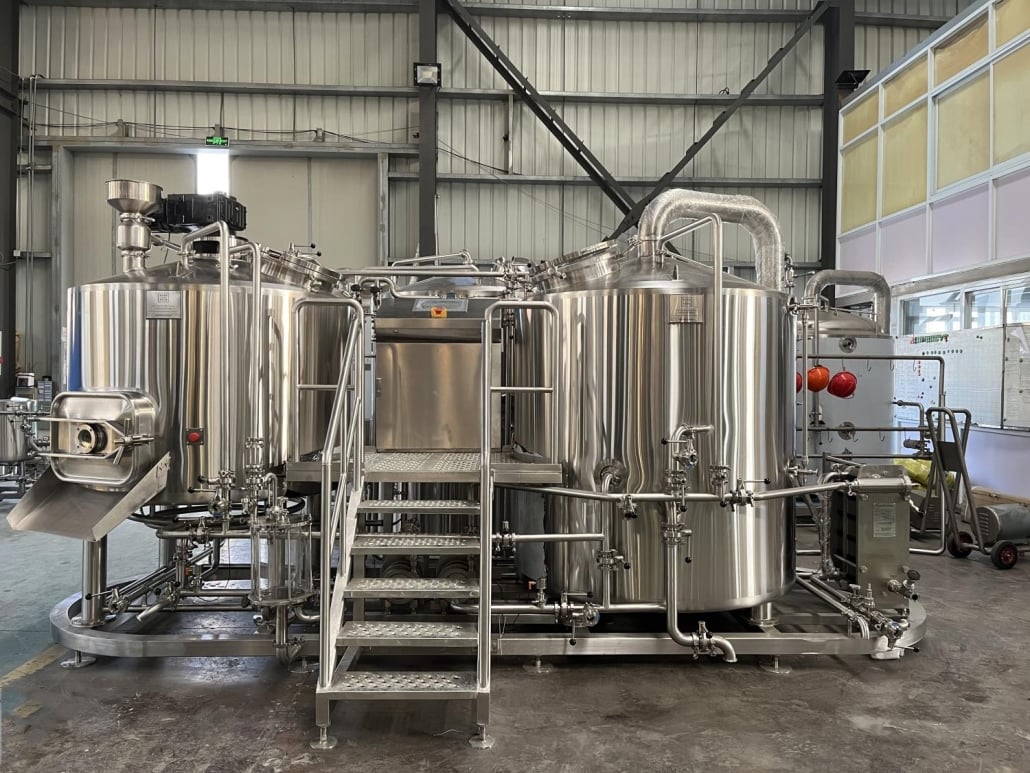
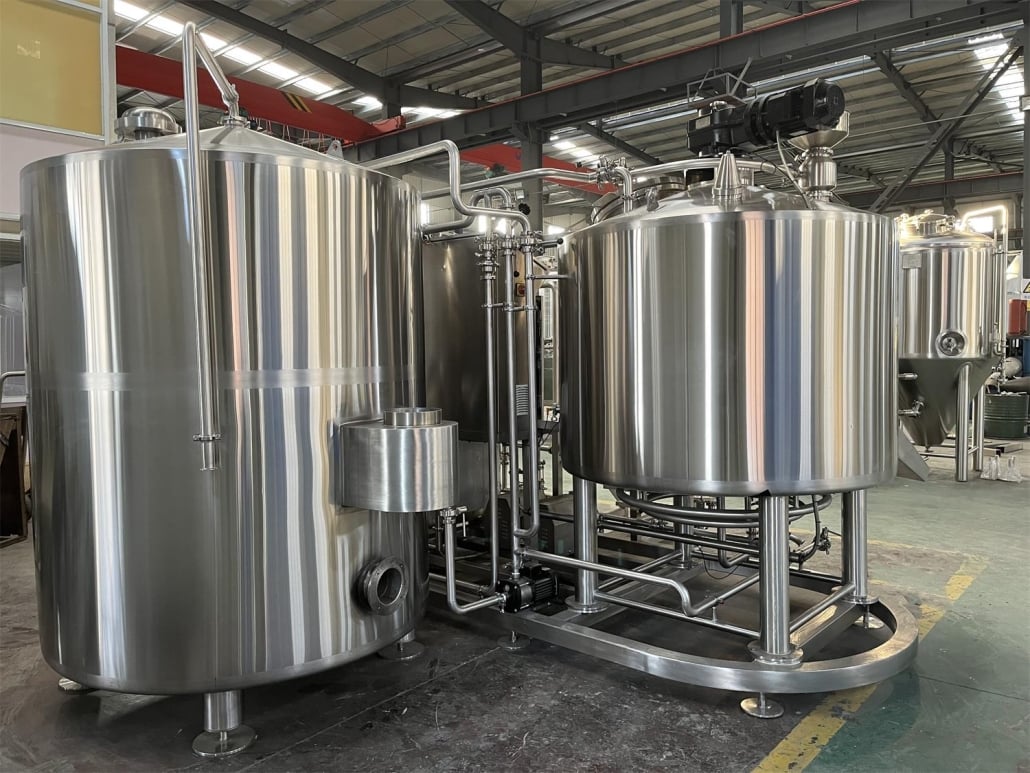
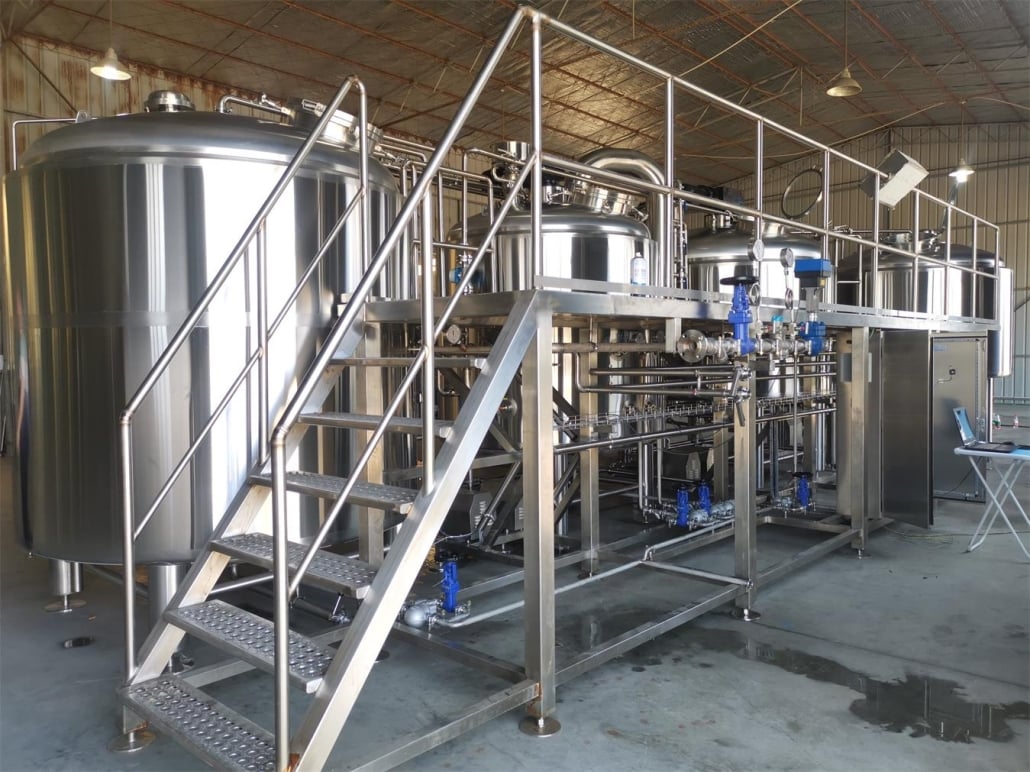
Costs Involved in Starting a Nano Brewery
So how much cash are we talking? Starting a nano brewery can range from $25,000 to $100,000+, depending on size, scope, and ambitions. Here’s where the money goes:
- Brew System: A 1-3 barrel system could cost between $10,000 to $40,000. You can save with used equipment, but make sure it works.
- Fermentation Tanks: Budget around $2,000 to $5,000 each.
- Space Renovations: Anywhere from $5,000 to $30,000 depending on your space and needs.
- Licensing and Permits: Expect $1,000 to $5,000 for federal, state, and local fees.
- Ingredients and Packaging: Initial stock might cost $2,000 to $8,000.
- Miscellaneous: Don’t forget marketing, insurance, payroll, utilities, and unexpected surprises.
Challenges and How to Overcome Them in the Nano Brewing Journey
Let’s be real—it’s not all hops and rainbows. Starting small comes with its own set of challenges. Here’s what you might face and how to power through:
- Licensing Headaches: The paperwork and waiting game with the TTB and your state can take months. Solution? Start early and hire a consultant if needed.
- Limited Production Volume: Hard to make money with such small batches. Offset by higher margins in taprooms or selling premium/specialty brews.
- Space Constraints: Nanos often brew in tight quarters. Think vertically, not just horizontally. Use stackable fermenters, wall racks, and multipurpose areas.
- Marketing on a Budget: No big ad dollars? Get scrappy. Build a local following through social media, farmers markets, beer festivals, and storytelling.
- Scaling Later: It’s easy to outgrow your nano setup. Plan ahead. Choose scalable systems and modular equipment if you see future growth.
Tips for Success Starting a Nano Brewery
Want to stand out? Here’s what makes a nano brewery thrive:
- Focus on Quality, Not Quantity: With small batches, you can afford to obsess over flavor, freshness, and uniqueness. That’s your edge.
- Be Community-Driven: Engage your neighborhood. Host trivia nights, food truck events, collabs with local artists or charities.
- Iterate Constantly: Use feedback. Adapt recipes. Tweak your menu. This agility is your superpower.
- Document Everything: Your brews, costs, customer feedback, efficiency. Data helps you grow smarter.
- Invest in Your Story: Why did you start this? What makes your beer special? People drink beer, but they buy stories.
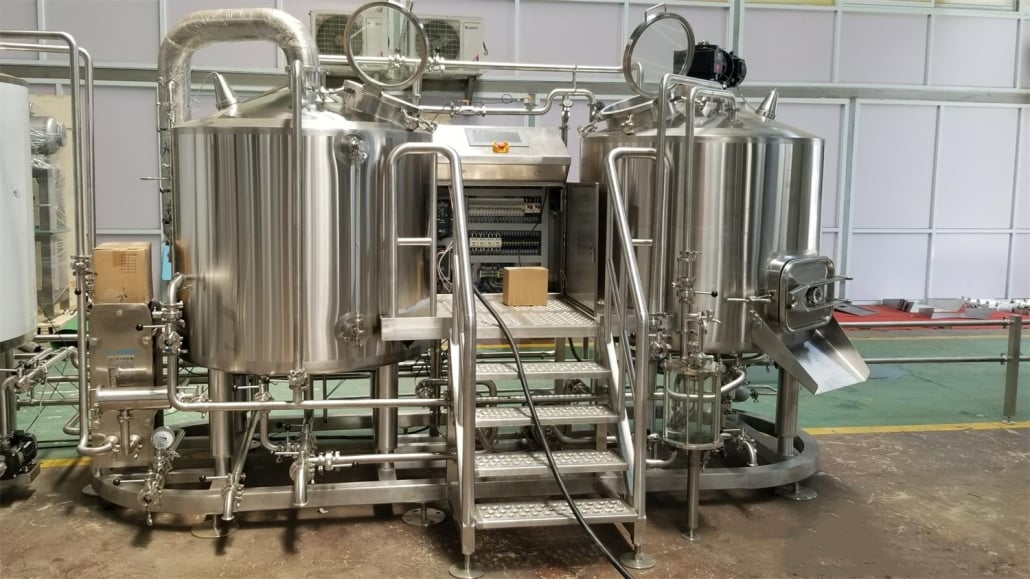
FAQ
| Question | Answer |
|---|---|
| Do I need a license to start a nano brewery? | Yes. You need a federal TTB Brewer’s Notice, plus any state and local licenses. |
| How long does it take to get licensed? | It can take 3 to 6 months, sometimes longer depending on your state and how prepared your application is. |
| Can I run a nano brewery from home? | Technically, no. Most local laws prohibit selling alcohol made at home. You need a commercial space zoned for alcohol production. |
| How much beer can a nano brewery produce? | Usually less than 3 barrels (93 gallons) per batch, depending on system size. |
| Is it profitable to run a nano brewery? | It can be, especially with direct-to-consumer sales. But it’s a labor of love at first. Expect slim margins early on. |
| Can I serve food at my nano brewery? | Yes, if local laws allow. Some states require food service with alcohol; others don’t. You might partner with food trucks or offer small bites. |
| What beers should I brew first? | Start with a core set—IPA, pale ale, stout, maybe a seasonal. Then experiment. Listen to what your audience likes. |
| How much space do I need for a nano brewery? | You can start with 500 to 1,500 square feet, depending on your layout and if you’re including a taproom. |
| Can I distribute my beer or just sell on-site? | You can do either, but you’ll need additional licenses to distribute. Taproom sales usually offer better margins. |

